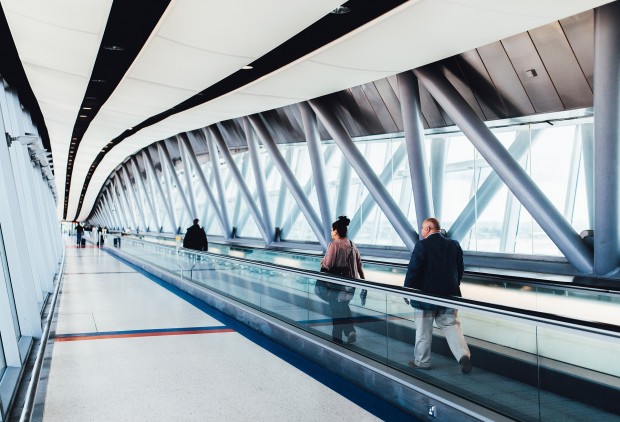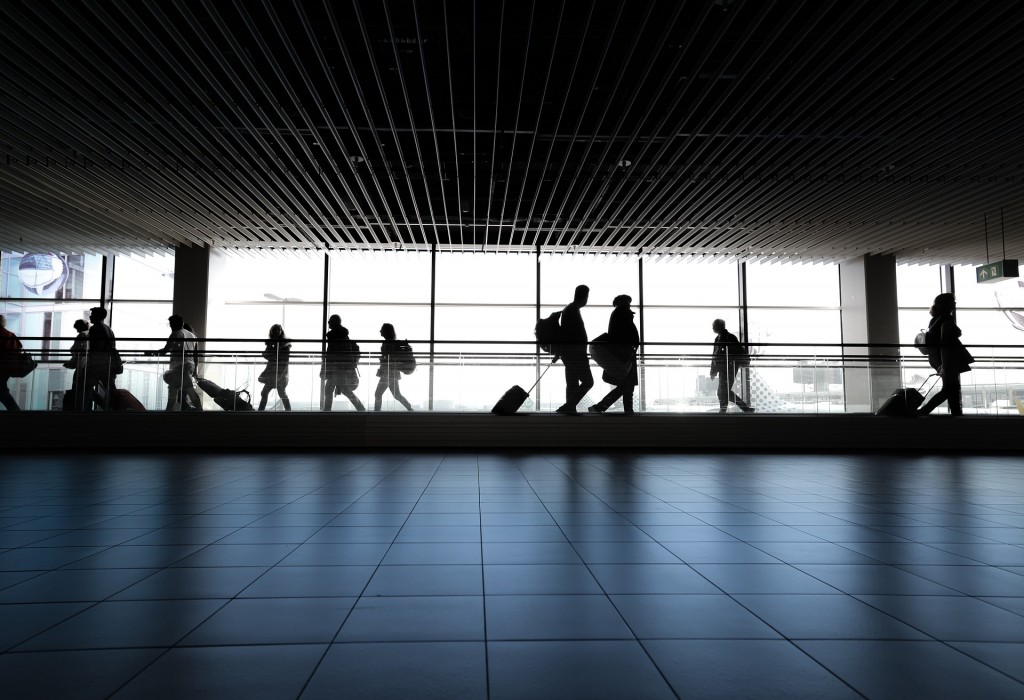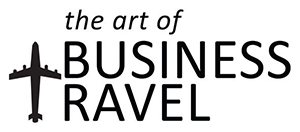
A new study shows the world’s fastest and slowest airports to exit.
With a new study by Blacklane, the global chauffeur and airport concierge service, business travellers can now get a good idea of which airports are the most efficient (or slow) at moving passengers, and estimate how long it will take them to get from the plane to their ongoing transportation.
Blacklane completed the first global “seat-to-seat” analysis of travel time, finding that global median time from a plane’s arrival until passengers leave the airport is 23 minutes after domestic flights and 38 minutes after international flights.
Some of the world’s fastest and slowest airports to exit won’t come as a suprise. One of the world’s smallest airports – Luxembourg – is also the fastest airport in the world, pushing passengers out in a median time of 15.5 minutes. The slowest is Osaka’s Kansai in Japan, which had a median time of 80.5 minutes; this could be at least partially attributed to the fact that Kansai is also home to the longest terminal in the world at 1.7km.
In APAC, Shanghai’s Hongqiao is the fastest airport with a median exit time of 22 minutes. With Macau (China), Perth (Australia), Bangalore (India) and Brisbane (Australia) rounding out the top five fastest airports in APAC, alongside the fact that Tokyo Narita (Japan), Denpasar (Bali), Beijing (China) and Colombo (Sri Lanka) ranking among the top five slowest airports in APAC, it’s clear that secondary airports in the region tend to send travellers on their way at a much faster pace than main airports of those in capital cities.

Across the world, Europe’s airports tended to have the fastest median times, with the top 10 airports all ranking under 22 minutes. Blacklane attributes this to the smaller size of planes and airport terminals in Europe; the fact that EU, UK and Swiss nationals go through separate immigration controls to foreign travellers; and the tendency of European airports to deploy new technology like electronic passport control, which allows travellers to exit faster.
“When the plane lands, travelers’ first thoughts are getting to their destination. The last thing they want is to linger at the airport,” said Jens Wohltorf, CEO and co-founder of Blacklane. “The most exasperating part of a trip is often the time and distance between the airplane and the car. Riding with a chauffeur is typically travelers’ best-case scenario. Other forms of airport transportation often require walking further or waiting longer until they’re in the vehicle, extending the time until travelers are on their way.”
Blacklane’s research looked at the total time it took for travellers to deplane, gather luggage, clear customs and immigration, and walk to vehicles with Blacklane chauffeurs. The study didn’t account for nationality, priority status, age or checked versus carry-on luggage. Blacklane also counted Schengen Area flights as domestic, since the participating 26 countries don’t enforce border controls among each other.
Also in the Headlines…
Qantas Frequent Flyer Program to Get Revamp





